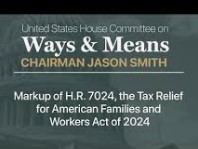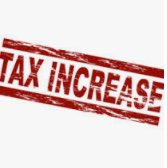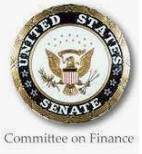
Spotlight Interview Part 1:
Chuck Levun and Michael Cohen on Educating CPAs, Attorneys and Other Tax Planning Professionals – As Well as Their Seasoned Advice for Tax Professionals New and Old
For more than thirty-seven years, Charles R. Levun and Michael J. Cohen (the founders of Tax Forum) have been creating and presenting the preeminent seminars on flow-through taxation. The two flagship Tax Forum programs are Fundamentals of Flow-Through® and Tax Planning Forum®. In addition, Tax Forum is expanding its programs to include self-study (on-demand) training, as well as working on an additional course, which they will share with us soon.
Please read Part 1 of this special interview for Chuck’s and Michael’s descriptions of these programs and education in the flow-through taxation arena. Part 2 will focus on significant tax planning challenges that partnerships face … and the biggest mistakes Chuck and Michael have seen, that they will help you avoid.
Speaking of avoiding potential big mistakes, take a moment to register for Tax Forum’s complimentary webinar:
Avoiding Costly Mistakes: Four Essential Tax Concepts for the Non-Tax Business Attorney or CPA taking place on Thursday, May 16th at Noon CDT
You will appreciate what you will learn by spending time with these leading tax experts/educators.
Kat Jennings’ Question:
First of all, tell us about your favorite career accomplishments?
Chuck Levun’s Answer:
I’ve had many. However, perhaps my favorite is to have developed the Tax Planning Forum and the Fundamentals of Flow-Through tax programs with my partner, Michael Cohen. We’re in our 38th year of presenting these partnership, LLC and S corporation flow-through programs for tax professionals, and I feel that we have assisted several decades of tax professionals to be better educated and better able to assist their clients in closely held business matters.
Michael and I have also been very fortunate to have served as the editors-in-chief of the Journal of Passthrough Entities during its entire 20-year publication, and to have written 400 monthly Partner’s Perspective columns for the Wolters Kluwer (CCH) Partnership Tax Planning and Practice Guide. These vehicles enabled us to learn and assist others to learn at the same time.
But maybe, the most rewarding aspect of all this is the opportunity we have had to not only educate other professionals but also to assist them in growing their practices and retaining clients who are in need of creative business structuring. I also have been involved in mentoring other professionals, both officially and unofficially. More recently, I have been involved with both the Chicago Bar Association and the ABA Tax Section in their mentoring and diversity programs. These mentoring relationships have turned into friendships, and it’s been amazing watching young professionals blossom and grow.
Kat Jennings’ Question:
What is Tax Forum and what is its origin?
Read More






























Recent Comments